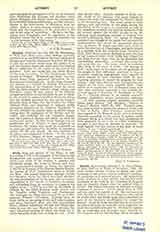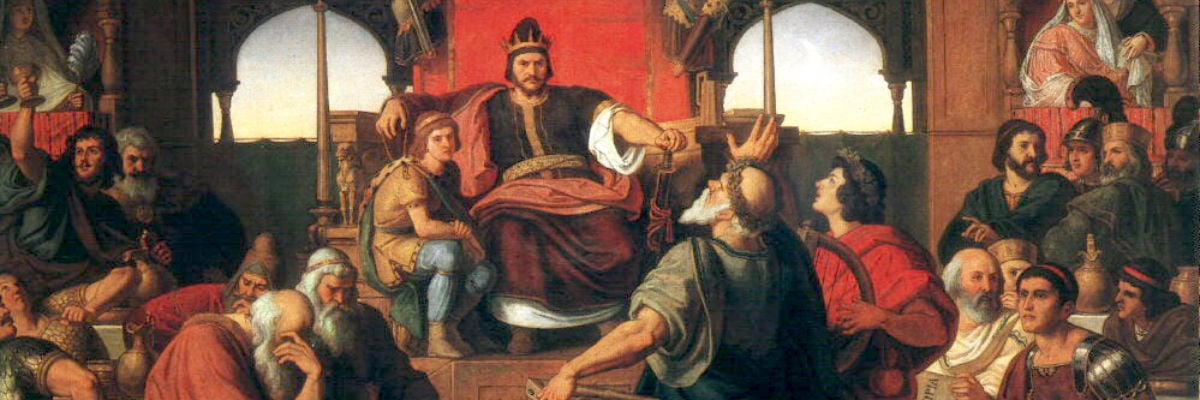

Attila, king and general of the Huns; d. 453. Succeeding in 433 to the kingship of Scythian hordes disorganized and enfeebled by internal discords, Attila soon made of his subjects a compact and formidable people, the terror of Europe and Asia. An unsuccessful campaign in Persia was followed in 441 by an invasion of the Eastern Roman Empire, the success of which emboldened Attila to invade the West. He passed unhindered through Austria and Germany, across the Rhine into Gaul, plundering and devastating all in his path with a ferocity unparalleled in the records of barbarian invasions, and compelling those he overcame to augment his mighty army. In 451 he was met on the Plains of Chaalons by the allied Romans under Aetius and the Visigoths under Theodoric and Thorismond, who overcame the Huns and averted the peril that menaced Western civilization. Turning then to Italy, Attila, in the spring of 452, laid waste Aquileia and many Lombard cities, and was approaching Rome, whither Valentinian III had fled before him, when he was met near Mantua by an embassy, the most influential member of which was Pope Leo I, which dissuaded Attila from sacking the city. Attila died shortly after. Catholic interest in Attila centers chiefly in his relations with those bishops of France and Italy who restrained the Hunnish leader in his devastating fury. The moral power of these bishops, and particularly of the pope, during the dissolution of the empire, is evidenced as well by the confidence in which the faithful looked to them for succour against the terrible invader as by the influence they sometimes exerted in staying that invader’s destroying hand. St. Agnan of Orleans sustained the courage of his people and hastened the reinforcements that saved his apparently doomed city; at Troyes, St. Lupus prevailed upon Attila to spare the province of Champagne, and gave himself as a hostage while the Hunnish army remained in Gaul; when Rome seemed destined to meet the fate of the Lombard cities which Attila had pillaged, it was Pope Leo the Great who, by his eloquence and commanding personality, overawed the conqueror and saved the city. The terror which for centuries after clung to the name of Attila, “the Scourge of God“, as he came to be called, and the gratitude of the people to their deliverers combined in time to encumber medieval hagiography with legends of saints reputed to have overcome Attila by their imposing presence, or stayed his progress by their prayers. But these fictions serve to emphasize the import of the facts which inspired them. They enable us to appreciate how widespread must have been that sentiment expressed in the recently discovered appeal of Eusebius of Dorylaum to Pope Leo I: “Curavit desuper et ab exordio consuevit thronus apostolicus iniqua perferentes defensare et humi jacentes erigere, secundum possibilitatem quam habetis” [see Harnack, “History of Dogma” (Boston, 1903), II, 168]. National pride, too, came in time to invest the person of Attila with a halo of fiction. Most European countries have their legends of the Hunnish leader, who is diversely depicted, according as the vanity of nations would represent Attila as a friend who had contributed to their greatness or as a foe to whose superhuman strength it had been no discredit to succumb. Of these legends the best known is the story of Etzel (Attila) in the “Niebelungen-lied”.
JOHN B. PETERSON


